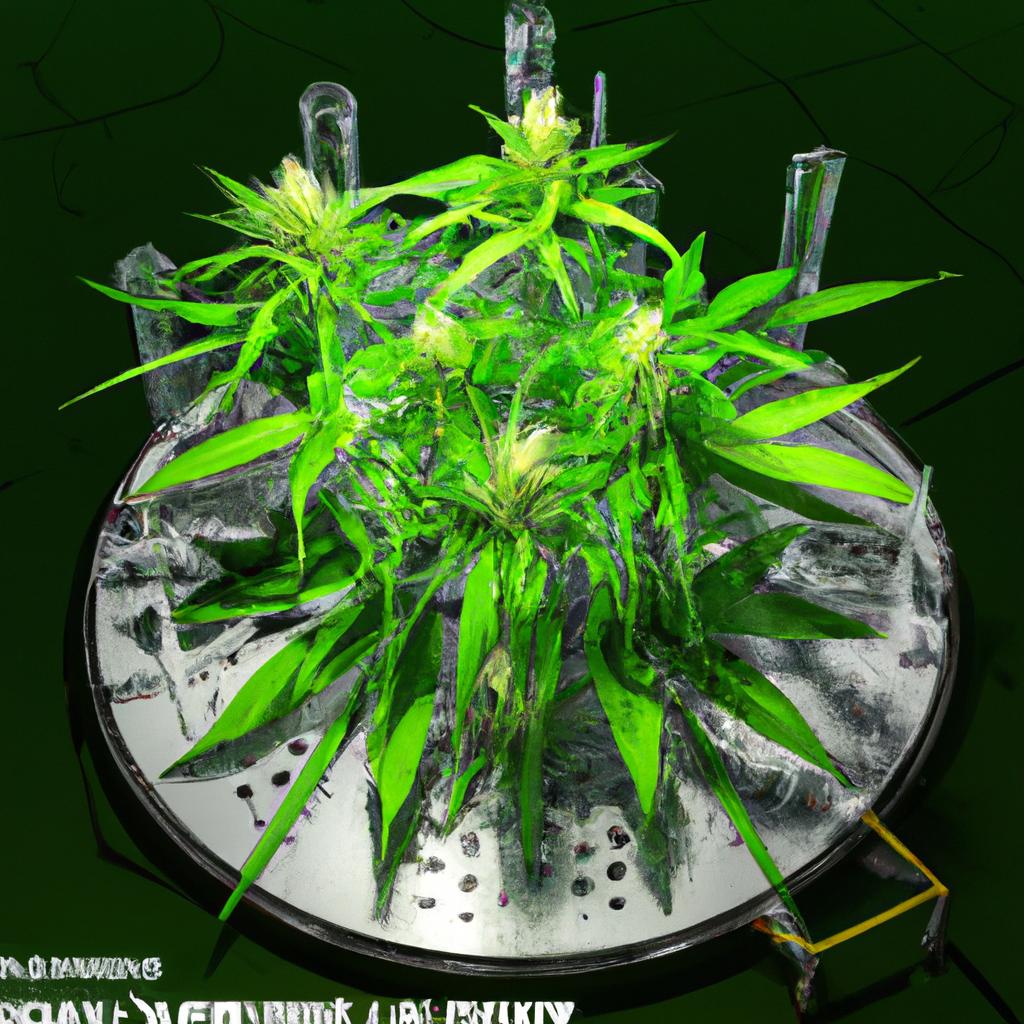
Cannabis Lab Downtime: Root Causes and Fixes
In the rapidly evolving cannabis industry, the importance of efficient and accurate cannabis lab testing cannot be overstated. Whether for potency, contaminants, or terpene profiles, lab operations underpin product quality, safety, and regulatory compliance. Yet cannabis labs often face unexpected downtime that disrupts workflow, delays product release, and increases costs. Understanding the root causes of cannabis lab downtime and actionable fixes is essential for growers, processors, and testing facilities aiming to optimize their cannabis post-processing and processing equipment.
The Role of Cannabis Labs in Industry Success
Cannabis testing laboratories are critical hubs where cannabis technology and cannabis science converge. these labs employ advanced analytical equipment-like gas chromatographs (GC), high-performance liquid chromatographs (HPLC), and mass spectrometers-to accurately assess the cannabis plant’s chemical composition. The lab results ensure products meet quality and safety standards before sale.
However, frequent downtime interrupts these essential processes, causing bottlenecks in the supply chain-from cultivation to the end consumer. Let’s explore why cannabis lab downtime happens and practical steps to mitigate it.
Common Root Causes of Cannabis Lab Downtime
1. equipment Malfunctions
The sensitive cannabis processing equipment used in testing labs requires precise calibration and maintenance.Equipment failures, such as breakdowns of chromatography systems or spectrometers, are among the leading causes of unexpected downtime.
2. Inadequate Preventative Maintenance
Skipping regular maintenance schedules can degrade equipment performance,leading to frequent disruptions and more costly repairs.
3. Sample Backlogs and Workflow Inefficiencies
Poorly optimized lab workflows or insufficient staffing to handle sample volume can result in processing delays. This backlog becomes a form of downtime that impacts overall lab throughput.
4. Supply Chain Disruptions for Consumables
Labs rely on consistent supplies of reagents,calibration standards,and consumables. Delays or shortages in these supplies halt testing operations.
5.Data Management and Software Issues
Digital lab facts management systems (LIMS) sometimes malfunction or pose compatibility problems,causing failures in data recording or analysis.
6. Regulatory and safety Hold-ups
Cannabis labs operate in a highly regulated environment. Unanticipated regulatory audits, safety incidents, or compliance issues can force labs to pause operations temporarily.
Fixes and Solutions for Reducing Cannabis Lab Downtime
1.Implement Rigorous Preventative Maintenance Programs
Develop and adhere to scheduled maintenance for all analytical instruments.Routine cleaning, calibration, and timely part replacement prevent many mechanical failures.
2. Upgrade to Modern, Robust Cannabis Testing Equipment
Investing in advanced cannabis processing equipment that features self-diagnostics and remote monitoring can reduce unexpected breakdowns.
3. Optimize Workflow and Staffing Levels
Conduct time-motion studies and standardize laboratory protocols. Automate repetitive tasks wiht robotics or software tools where possible to increase efficiency.
4. Strengthen Supply Chain management
Establish reliable supplier partnerships and maintain an inventory buffer of critical reagents and consumables to avoid operational pauses.
5. Invest in Reliable Data Management Systems
Use trusted, cannabis-specific LIMS software with strong technical support to prevent data-related downtimes.
6.Maintain Compliance and Safety Training
Regular staff training on regulatory changes and lab safety ensures minimal disruptions due to compliance issues.
benefits of Minimizing Lab Downtime in Cannabis Processing
- Faster product-to-market time: Reduced delays keep cannabis products flowing smoothly through testing pipelines.
- Improved testing accuracy: Well-maintained equipment delivers reliable results for potency and contaminant analysis.
- Cost savings: Avoid costly emergency repairs and fines from regulatory non-compliance.
- Enhanced reputation: Consistent lab uptime builds trust with growers, processors, and consumers.
Case Study: How One Cannabis Lab Reduced Downtime by 40%
GreenLeaf Analytics, a mid-size cannabis testing lab, faced frequent instrument failures and sample backlogs. By partnering with equipment manufacturers for regular maintenance,automating sample tracking in their LIMS,and training staff on streamlined workflows,they cut downtime by 40% within six months. This enhancement resulted in faster turnaround times and increased client satisfaction.
Practical Tips for Cannabis Labs to Stay Operational
- Create a detailed equipment maintenance calendar and track compliance.
- Train all employees on standard operating procedures (SOPs) to reduce human error.
- Monitor lab metrics daily to catch bottlenecks early.
- Use predictive maintenance sensors to anticipate equipment failures.
- Engage suppliers with reliable delivery records for consumables and reagents.
Summary table: Causes vs Fixes for Cannabis Lab Downtime
| Root Cause | Recommended Fix |
|---|---|
| Equipment Malfunctions | Routine maintenance and instrument upgrades |
| Workflow Inefficiencies | Process optimization and automation |
| supply Chain Disruptions | Supplier partnerships and inventory buffers |
| Software/Data Failures | Robust LIMS and regular IT support |
| Regulatory Hold-ups | Ongoing compliance training and audits |
Conclusion
Cannabis lab downtime negatively impacts the entire cannabis supply chain, from cultivation to post-processing and distribution. By identifying the root causes – including equipment failure, workflow inefficiencies, and regulatory challenges – cannabis labs can deploy targeted fixes to ensure operational continuity. embracing advancements in cannabis technology, robust maintenance regimes, and strong management practices will help testing facilities maximize uptime, improve product quality, and maintain compliance in a demanding industry.
For cannabis growers, processors, and businesses, understanding lab downtime dynamics enhances cooperation and efficiency throughout the cannabis lifecycle. Investing in the science and technology behind cannabis testing is key to scalable success.





